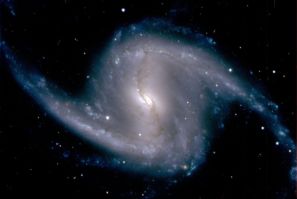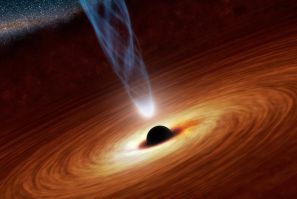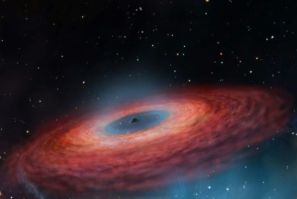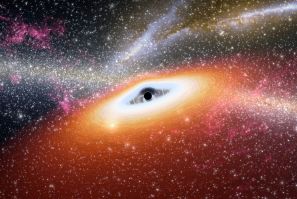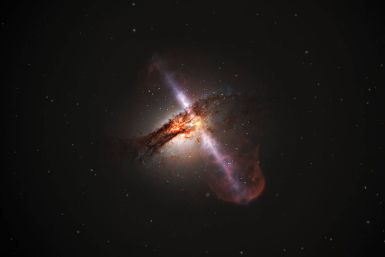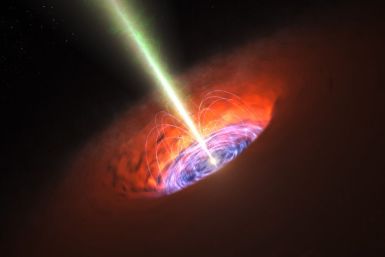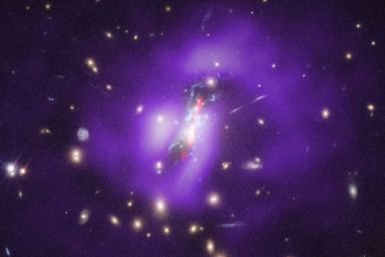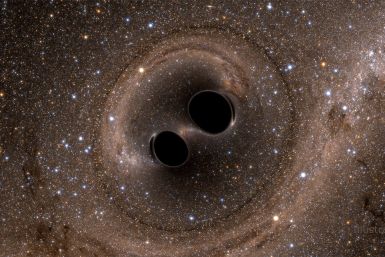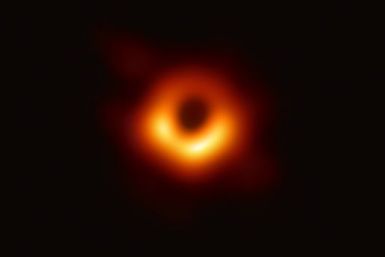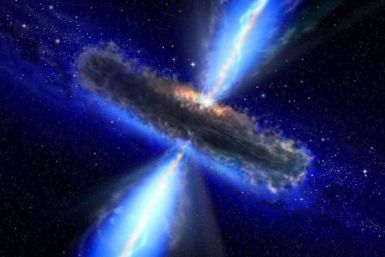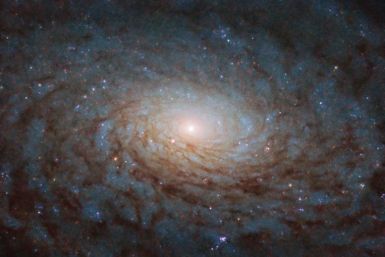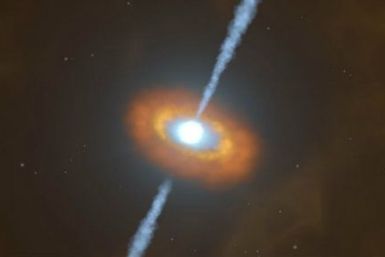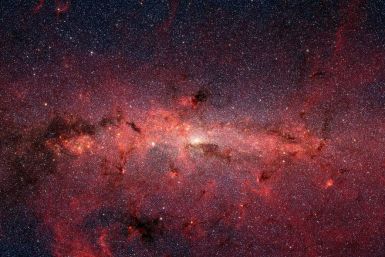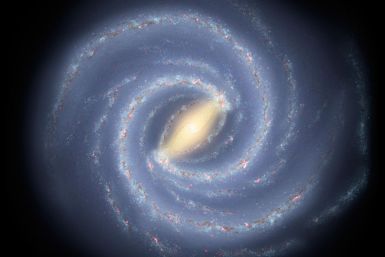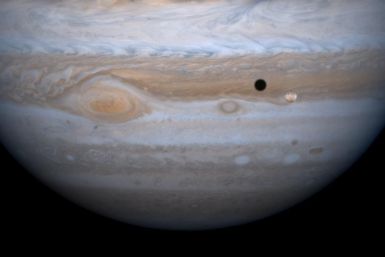The Milky Way is estimated to contain 100 million stellar black holes but LB-1 is twice as massive as anything scientists thought possible, said Liu Jifeng, a National Astronomical Observatory of China professor who led the research.
A team of researchers was able to identify supermassive black holes that are mysteriously keeping their galaxy clusters alive by continuously pumping extremely hot clouds of gas. The researchers noted this goes against simple models that can determine the death of galaxies.
For the first time, a team of astronomers was able to uncover a galaxy that is inhabited by three supermassive black holes. The galaxy was previously thought to have been formed by a colossal merger between two galaxies.
Two theoreticians from Japan defied the common notion that planets only orbit host stars such as the Sun.
An astrophysicist described what would happen if a black hole that’s only 1 millimeter wide suddenly appears on Earth. According to the scientist, the black hole’s gravitational pull would still completely tear Earth apart despite its tiny size.
Using the Hubble Space Telescope and Chandra X-ray Observatory, NASA was able to spot evidence of a weakened supermassive black hole aiding in the rapid formation of stars in a galaxy cluster.
A new study revealed a possible explanation regarding the strange behavior of spinning supermassive black holes. According to the researchers of the study, the mergers that created these supermassive black holes may have been caused by a “Pac-Man-like” behavior of the cosmic objects.
NASA’s satellite made a historical discovery after spotting its first tidal disruption, an event where a black hole rips apart a star. According to the agency’s scientists, the star destroyed by the black hole could be as big as the Sun.
Scientists were able to record the sounds produced by two black holes that collided and merged. According to the scientists, the sounds were converted from the gravitational waves produced by the massive cosmic event.
The discovery of a new class of black holes is causing astronomers to rethink their understanding of these massive cosmic objects. In a new study, a team of astronomers unveiled details of the smallest black hole ever discovered.
NASA recently revealed that supermassive black holes, or those that are hundreds to millions of times more massive than the Sun, exist almost everywhere in the universe. According to the agency, these monstrous cosmic objects can be found in nearly every galaxy.
Experts recently discussed what would happen to Earth if the supermassive black hole at the center of Milky Way suddenly enters the Solar System. If this happens, the experts noted that the black hole would destroy Earth in different ways.
A new scientific study discussed the possible existence of wormholes and how they can be detected. For the study, the authors looked at a potential wormhole in the supermassive black hole sitting at the heart of the Milky Way galaxy.
A team of astronomers has made a surprising discovery that could explain why some black holes grow into enormous sizes.
Inspired by the film “Interstellar,” a NASA scientist explored the possibility of life thriving in an Earth-like planet that’s orbiting a black hole.
The European Space Agency (ESA) and NASA’s Hubble Space Telescope was able to take a spectacular photo of a spiral galaxy that resembles a massive cosmic portal to another dimension. According to the ESA, the appearance of the galaxy makes the image look like it came from a science fiction movie.
A team of researchers detected a black hole near Earth as it flickers radiantly while devouring a nearby star. According to the researchers, the light emitted by the black hole’s flickering is brighter than a hundred Suns.
A particle physicist created an online tool that can calculate what would happen to massive cosmic objects if they get sucked into a black hole. The calculator also revealed the unimaginable energy that would be produced by a collision between Milky Way’s black hole and Earth.
NASA was able to capture a stunning image of the center of the Milky Way galaxy using its Spitzer Space Telescope. According to the agency, it will be able to take much better photos of space through Spitzer’s successor, the James Webb Space Telescope.
Scientists have detected traces of a massive explosion that originated from the Milky Way galaxy’s center millions of years ago. According to their findings, the explosion produced a flare that lasted for about 300,000 years.
Astronomers of the Event Horizon Telescope (EHT) are planning a new project that involves capturing the first live footage of a black hole as it devours its surroundings. The team of astronomers is the same one that provided the first photo of a black hole.
A mysterious black hole has appeared on the surface of planet Jupiter.




